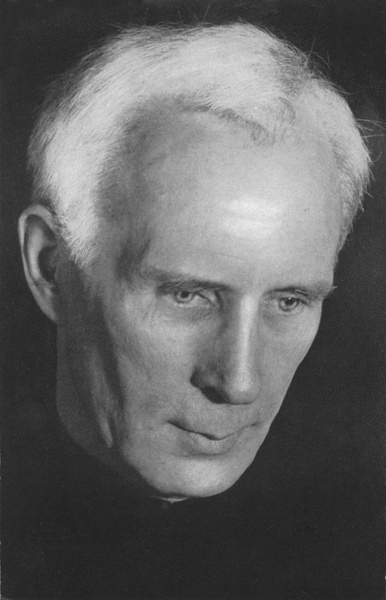It has been quite a while – thirty years or so – since I first began regaling my students, on a regular basis, with long, lapidary passages lifted from Henri de Lubac’s The Splendor of the Church (1953), a work of profound, unsurpassed even, insight and beauty into the mystery of Christ’s Bride and Body.
De Lubac was an impeccably orthodox Jesuit theologian, a man whose great learning and loyalty were always at the service of the Church he loved. The book quickly achieved the status of a classic, especially in the English-speaking world where a translation soon appeared in 1956 under the auspices of the prestigious publishing house Sheed and Ward, followed by two editions brought out by Ignatius Press in 1986 and then in 1999.
Fr. Joseph Fessio, S.J., founder and editor at Ignatius Press, had been a grateful student of his and has written movingly of the debt he owes de Lubac, describing his former teacher as, “above all else, a man of the Church, homo ecclesiaticus, such as he himself portrays in these pages. He has received all from the Church. He has returned all to the Church.”
By the time I first got around to reading the book in 1986, I was living in Rome, finishing a dissertation at the Angelicum, and looking for a job to help pay the bills. One day the phone rang. It was Dr. Peter Sampo, president of The Thomas More Institute, asking me if I’d be willing to teach a course on the Church to a couple dozen of his students coming over for a semester’s study in the Eternal City. Sure, I said. So we met for coffee, and straightaway I had a contract in hand, along with a gratifying supply of cash.

Plus a copy of the book that would change my life. I didn’t know it at the time, but the fallout from that first encounter with Henri de Lubac would fix the entire course of my academic career. Because, of all the classes I’ve been lucky enough to teach, the one on the Theology of the Church has remained my absolute favorite. Like the dawn of a new day, it has brought only sunshine and joy into my life. The Splendor of the Church remains to this day the centerpiece of it all.
So what is it about the book that makes it so special, that enriches even those unwilling students whom I have routinely forced to read it? Why do so many of them tell me, long after the course has ended, that it was the sort of book that, despite the sheer scale and density of its footnotes, they would take it with them to the chapel where, before the Blessed Sacrament, they used it to draw nearer to Christ?
There is the key surely. Because what de Lubac sought to do in bringing the Church into the sharpest possible relief, indeed, in helping the reader “to a clearer sight of the Bride of the Lamb, in all her radiant motherhood,” was to show us the face of Christ, the God-Man who had wedded himself to her from the beginning. God’s own Lamb, the pierced and crucified Son, who fashioned her from his own broken and bloodied body as it lay lifeless upon the Cross.
It is not possible, I am saying, to understand the Church, to take the measure of what de Lubac has called, in an expressive phrase, “that mother-country of freedom,” apart from Christ, who gave her life, whose own Spirit, spirating from all eternity the love between Father and Son, animated her own spirit from the first instant of her coming forth from the open side of the dead God.
It was not Pentecost that conferred life upon the Church; that was to be the event of her very public manifestation before the world. It was Golgotha that gave birth to the Church, the death of the one in order to midwife the life of the other. To see her, therefore, as essentially and immediately the radiation of God’s own life and love, the sublime fruit of Christ’s sacrifice, that is the sine qua non for any credible and Catholic vision of the Church.
If we cannot see the connection between Church and Christ, between this Catholic People of God – God’s very Bride enshrouded in deepest mystery – and God’s very own Word, then we might as well cancel our subscription at once, because at that moment she is no more to us than a mound of monkey dust.
What I tell my students year after year as we begin, as they ever so hesitantly start to count the pages (382!) that loom before them, is, quite simply, to take a deep breath, then plunge headlong into the limpid depths that await them. Not to worry unduly about the Latin tags cluttering the baseline of each page, but to soldier on, page by page. And, before they know it, their lives will be transformed by the great renewal of mind and heart taking place.
“This book,” Fr. Fessio concludes in his stirring tribute, “is a testament which will endure to his [DeLubac’s] lifelong love of his mother and ours, the Immaculate Bride of the Lamb, Holy Church.” Henri de Lubac died in 1991, age 95, fittingly, a Prince of the Church.















